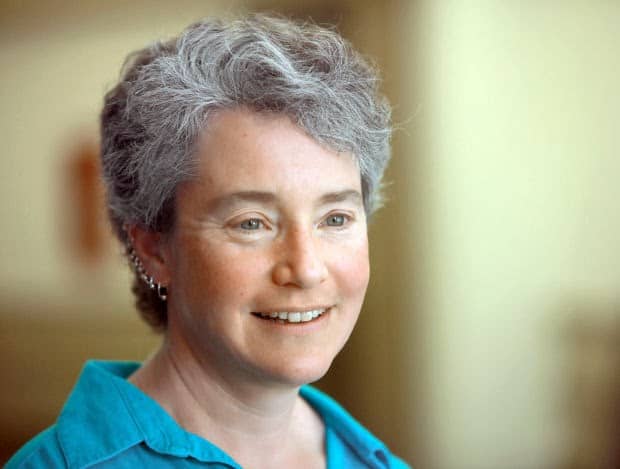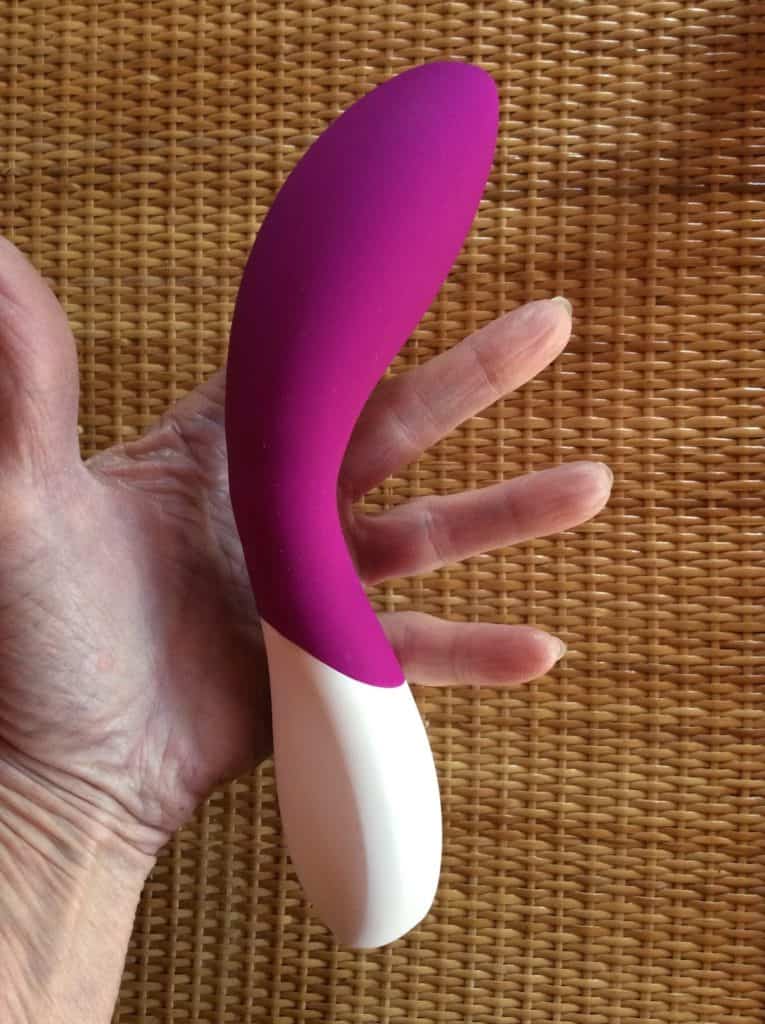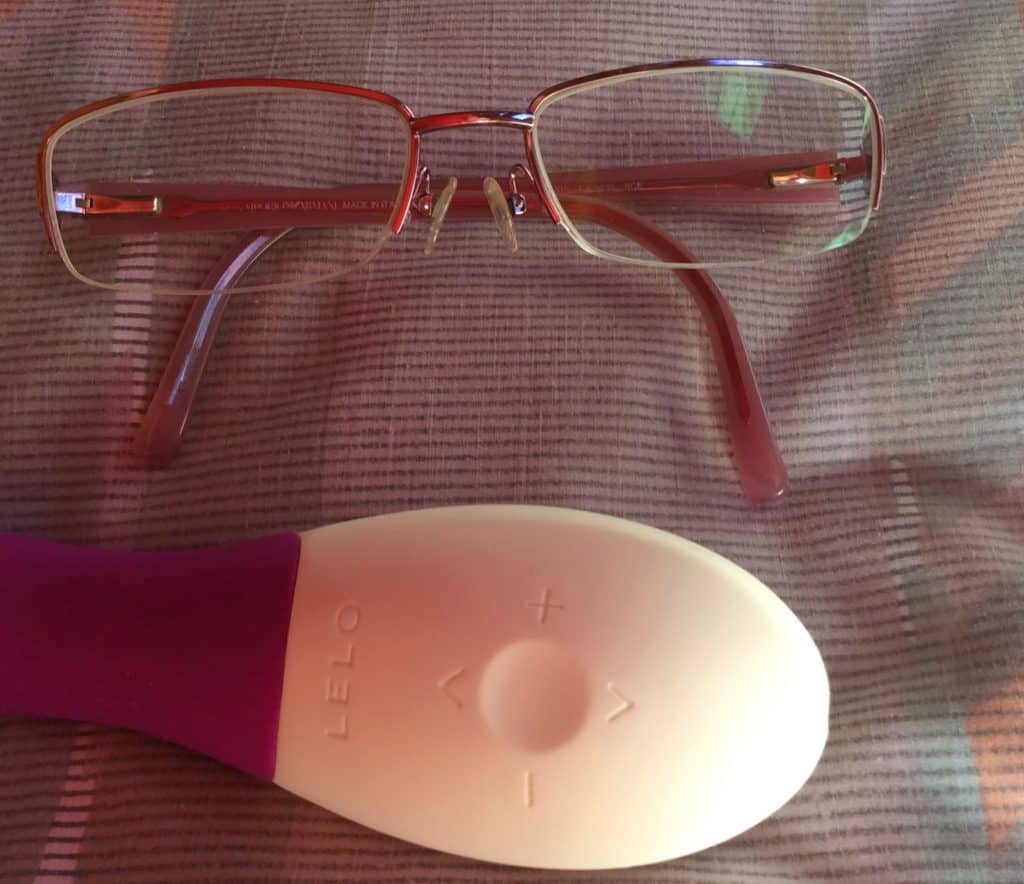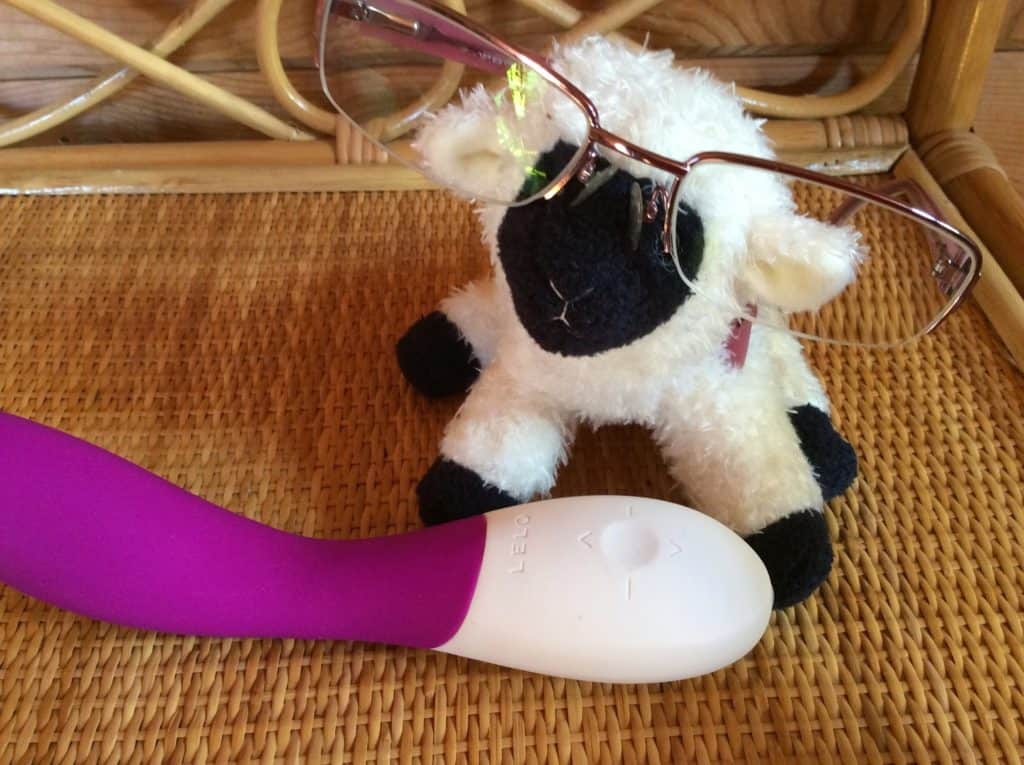Posts by Joan Price
Daring to Date Again by Ann Anderson Evans
3/11/15 update: This Sunday, March 15, I’ll have the pleasure of being on a panel with Ann Anderson Evans called “Never Too Late to Date” at the Tucson Festival of Books. I’m moving this post, originally published 11/13/14, to the top so that you all know about Ann’s book and our discussion of safer sex:
When a sixty-year-old, twice-divorced woman starts to date again, she’s not pinning her hopes on an invitation to the prom. She is financially stable and professionally creditialed. She is a matriarch, a pillar of her church, a member of a choir. She has children and neighbors who might disapprove. She has a lot at stake.
So begins Daring to Date Again, a lusty memoir by Ann Anderson Evans about looking for romp-in-the-hay partners after 12 years of celibacy.
Evans is smart, sassy, articulate, and a darned good writer, pulling you right into her adventures. You’ll laugh, empathize, and sometimes worry as she jumps into bed with her Mr. Right-for-the-Moment parade. She wears her heart on her sleeve—or she wears nothing at all—and we share her adventures, her thoughts, her desires, and her evolution from repressed and unhappy to evolved, sexy, and joyful.
Evans finds many men who are interested in having no-strings sex with her, but towards the end of the book, she wonders whether true love even exists — and if so, where is it hiding? I’m not ruining the book by telling you that she meets Terry — a fellow professor and a bachelor at 63. They fall in love and marry. But that’s not until the last chapter!
I enjoyed this well-written book, and I recommend it to you, whether you’re exploring sexual possibilities yourself or you just want to share her escapades vicariously.
However! As a safer-sex advocate, I was concerned because there was no mention of safer sex or any discussions of condom use with the men Evans bedded. I questioned her — no, they never used protection. Then I challenged her to explain her decision(s). She wrote this to me:
Joan chided me for not mentioning safe sex in Daring to Date Again. Logic suggests that simply interrogating a man regarding his sexual health is not sufficient protection, but that is what I relied upon. Why was I more concerned about cleaning the chopping block after cutting up chicken than about having unprotected sex? Why would I maintain the prophylactic habits of regular dental visits and colonoscopies, and yet have unprotected sex? Good question, Joan.
Indulgence was part of it. Pregnancy had been such a persistent worry when I was a young woman that having sex spontaneously was a joy. It was like winning the lottery.
Growing up in the 50s and 60s, I was taught either nothing or nonsense about sex. The bogus teachings were embedded in religion. “Chastity is the cement of civilization,” I read in the Christian Science scriptural companion, the Science & Health, when I was a student in a Christian Science college. I closed that book and have never reopened it.
The nonsense of the times I grew up in was also embedded in school. My only sex education was a couple of gender-divided classes in 7th grade that explained menstruation twinned with the unforgettable fact that when we brushed our teeth we should also be careful to brush our tongues. I was stunned when I got pregnant at 18. I thought I had to want to become pregnant in order to be so.
Between the church and school, I felt manipulated, demeaned, and endangered. Many of those who matured in the 60s rose up in mighty defiance of the bullying traditions of ignorance. In answering Joan’s challenge, I am surprised at my resurgence of anger when I think back.
Perhaps unconsciously, I placed barrier protection during sex in the basket which also included the bogus virtues of chastity, heterosexuality, sitting primly with your legs crossed, wearing a girdle, avoiding nudity, and virginity upon marriage. These virtues are so often ignored that they can only be seen as vacuous wishes. My failure to protect myself was a visceral, instinctive, and senseless act of defiance.
I take responsibility for my own actions, but it would have been helpful if the doctors (including gynecologists) had asked me if I was sexually active during that time. One general practitioner did ask me, and when I told him I had had sex with four men within the last two years he sidestepped the issue, saying, “I think you should talk to your gynecologist about that.”
I sympathize with the doctors. Discussions of sex with patients are probably minefields of religion, politics, family tradition, and personal history. But the medical profession has obviously given up the fight. How often do you see an ad for condoms displayed in your doctor’s office alongside the latest drug for depression or high blood pressure?
I felt embattled during my three years of promiscuity. Not one of the men I was involved with ever mentioned using a condom. If any of them had one in their pocket, they didn’t mention it. Joan might be better equipped to say whether men are just as likely as women to insist on condom use. In my experience, this has not been the case.
The problem of unprotected sex is far more pervasive than that of a single American raised before the Enlightenment. Our failure to identify and rectify the sociological, psychological, historical, and political reasons why people do not use condoms or other barriers has guaranteed that AIDS and other STDs continue worldwide. Saying the answer is education is simplistic. Why we don’t use them is baffling. The reason begins in the outside world of church, school, family, and government policy and all of these play themselves out in the bedroom.
Thank you, Ann, for your eloquent explanation. I can’t help hoisting my 4’10” self up onto my soapbox again to remind my readers: Have all the fun you want, but please have it safely!
 Listen to Evans read an excerpt from Daring to Date Again here.
Listen to Evans read an excerpt from Daring to Date Again here.Female Desire Pill, interview with Ellen Barnard
2/27/15 update: I interviewed Ellen Barnard about the female desire pill on 2/2/14. I’m bringing this post to the top because of the attention that “Nothing Is Wrong With Your Sex Drive” (published today in the New York Times) is getting.
I plan to write more about this myself, and there’s a good section already in The Ultimate Guide to Sex After 50: How to Maintain – or Regain! – a Spicy, Satisfying Sex Life which I hope you’ll want to read. — Joan
Desire in a pill?
(originally published 2/2/14)
Researchers are working on drugs to treat low desire in women. Could a desire pill really work? Do we even want it? To learn more, I interviewed one of the top sex educators, Ellen Barnard, co-owner of A Woman’s Touch Sexuality Resource Center.
JP: What’s the state of current research into a female desire drug?
EB: A variety of drugs are being investigated in clinical trials, most in phase 2 trials. No drug has been approved for the treatment of low desire for women, also known as Hypoactive Sexual Desire Disorder (HSDD).
JP: How are these drugs supposed to work?
EB: Some of these drugs work on brain chemicals; some are sex hormone-based (testosterone); others primarily work to increase physical arousal through an increase in blood to the clitoris. Most of the medications that are being investigated are designed to either overcome inhibition or lack of motivation, or flood the person with such strong physical sensations that she cannot ignore them easily. Or they manipulate the reward system of the brain in ways that increase the drive toward that sexual jackpot. The question is whether a drug that pushes a woman into being more interested in sex is safe, healthy, or would even be effective over the long term. Many of the drugs being investigated have a variety of side effects, and some are quite undesirable. Testosterone can cause excess hair growth, acne, lowering of the voice, and a decrease in good cholesterol, for example. Other drugs show the potential for abuse, either by the woman herself or by a partner who hopes to have a more willing lover.
JP: Why is sexual desire so complicated for women and seemingly so easy for men?
EB: It isn’t, actually. Men have troubles with desire too, and their issues have many of the same origins as women’s do. However, we live in a culture that reinforces men for a high interest in sex, and generally does not see a high interest in sex to be a positive thing in women, unless a woman is less interested in sex than her partner, and that lower interest causes tension between them or distress in her. But even with culture condoning high desire for men, approximately 20% experience low desire. For more info, here is a good overview.
JP: How does female desire work?
EB: Desire is the cognitive recognition of sexual interest. So it’s an idea, not a physiologic process, though it results in a combination of brain and body responses. Desire may be first recognized as a thought, or it may be a thought in response to a physical feeling. Many women believe that we should feel something first, that sex starts with a twinge in the vulva or elsewhere in the body, that she interprets as sexual interest and then allows to blossom into more sexual interest and then maybe into sexual activity. If physiologic signal is not as obvious because of aging, health, or stress, she may no longer get the signal, and so she does not notice the thought.
Women who have experienced sex as painful have a feedback loop that tells them that sex will hurt, and so they shut off any thought of sex to avoid the pain. If a woman is able to get rid of the pain, she will still have to convince her subconscious that sex is safe. Once she does that, her thoughts of sexual interest often become more frequent.
The same would be true of relationship health. For a woman in a healthy, rewarding relationship, the thought of sex is a safe thought and is likely to mean that she will experience pleasure if she acts on that thought, so she pursues sexual activity. Sex requires the feeling of safety. When there is tension, distrust, fear, anger, etc., the mind does not perceive sex as safe or pleasurable, so will not express desire.
When you think about how complicated desire is for women (and men as well), you can see that it’s pretty complicated to consider a medication to address the root causes of most of these issues.
JP: What’s the bottom line?
EB: The bottom line is that drugs do best when there is a single, knowable cause for a symptom and the drug directly addresses that cause by reducing or removing it. Sexual
desire is complicated, varies a lot from person to person, and has many moving parts. The idea that a drug could be developed to change desire is pretty far-fetched once you understand it that way, and one of our biggest fears is that you end up with a drug that has pretty wide effects and some nasty, unintended side effects.
We would prefer to address desire issues in ways that give individuals more control and more understanding of their mind and body connections so that they can do their own
problem-solving and not be reliant on a pill or a doctor. Most people can increase their experience of desire through a combination of getting healthy, having a good body image, having a safe and trusting intimate relationship, getting enough sleep, lowering stress and distractions, reducing pain, and learning how to have pleasurable sexual experiences on a regular basis.
“How we write about love depends on how old we are”
 |
| Brian Rea for The New York Times |
“How we write about love depends on how old we are,” observes Daniel Jones in his Modern Love column in The New York Times, Feb. 5, 2015. He explains:
The young overwhelmingly write with a mixture of anxiety and hope. Their stories ask: What is it going to be for me?
Those in midlife are more often driven to their keyboards by feelings of malaise and disillusionment. Their stories ask: Is this really what it is for me?
And older people almost always write from a place of appreciation, regardless of how difficult things may be. Their message: All things considered, I feel pretty lucky.
This last point hit home with me. As a sex educator, I hear people’s problems all the time. But I also hear the good parts — the humor and joy and sweetness of what happens when we love at our age. Those of us who are lucky enough to have found love at this time of our lives are radiant with joy telling our love stories — even if that joy is tempered with the sadness of loss.
I know I feel that way. On this Valentine’s Day, I’m remembering how my dear Robert made Feb. 14 a true celebration of love for seven years with gifts, cards, whispered endearments, languid lovemaking, and lots of laughter.
As sad as I am that I will never hold Robert again on Valentine’s Day or any other day, that feeling has nowhere near the power of the joy I feel that this love was in my life. It feels like a miracle that we ever found each at all, let alone so late in life.
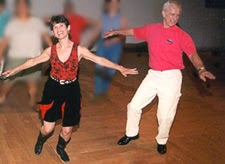 |
| Joan and Robert 2001 |
What if he had never wandered into my line dance class that eventful night? We might never have met, never have crossed paths.
What if I hadn’t been assertive (aggressive?) about making the first moves? He was content to see me as his dance teacher (which in itself is bizarre, since he had formal training as a dancer since the age of two, and I had no formal training at all), and he thought that was an uncrossable boundary.
What if I hadn’t dared to proposition him? (You didn’t know that part of our story? Read it in Better Than I Ever Expected: Straight Talk about Sex After Sixty!)
What if we had never realized one of the most important themes of our love story: that the ways we were the most different were the ways we most wanted to grow.
You see, at first, we saw our personality clashes and independence as proof that we were too different to ever come together as a couple — it would be too much work, too many compromises, and besides, we were satisfied with the way we were, thank you very much.
 |
| Robert and Joan 2006 |
But over the few years we had together, this attitude changed. The closer we got, the more we came to respect our differences — even laugh about them — and the less we felt we needed to resist change. In fact, we discovered that compromise led to change in directions we each wanted to grow.
Once we saw our differences as an opportunity to grow in ways that would be as good for us individually as they were good for us as a couple, we stopped resisting, reframed what we were willing to do for each other, and we blossomed together and apart.
What did you learn about love and about yourself in later life? I hope you’ll share your experiences.
Lelo’s Mona Wave wiggles hello to your G-spot
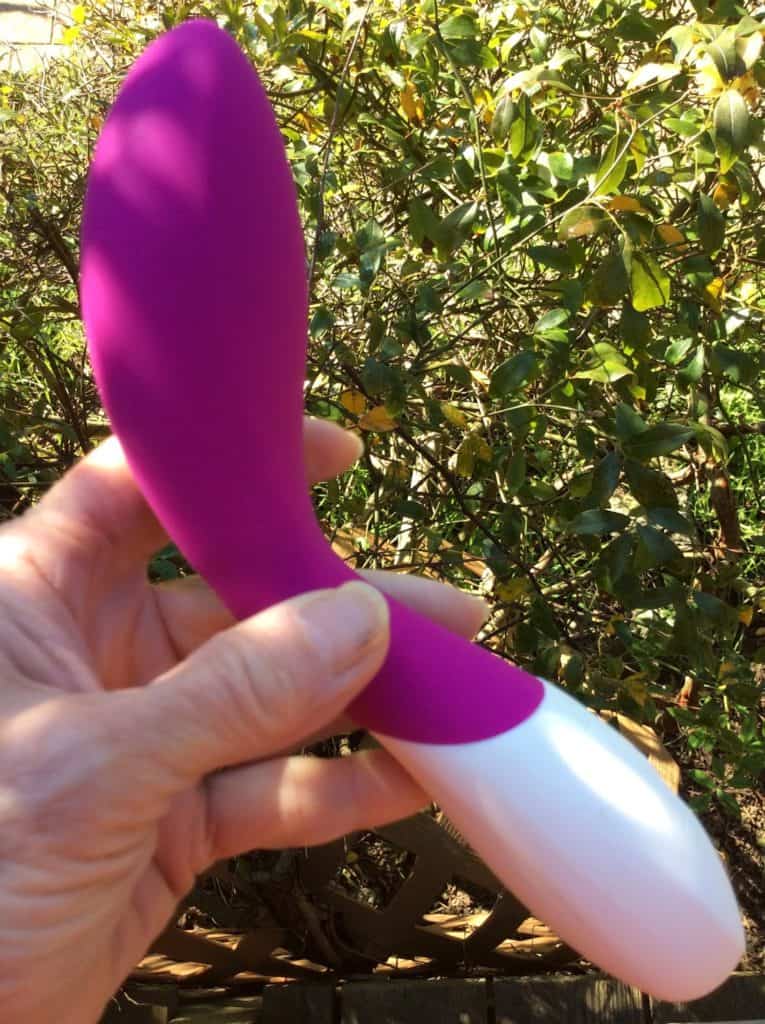
Are you old enough to remember the ad for the Yellow Pages that started, “Let your fingers do the walking”? Then you’ll understand me if I say, “Let your Mona Wave do the waving.” This delightful and lovely penetrative vibrator does more than vibrate — it gently wiggles forward and back to wave hello to your G-spot.If moving fingers in your vagina are your idea of a fine time, this vibrator from Lelo comes close. The “waving” is supposed to simulate the “come hither” motion recommended to stimulate the G-spot. It sort of does that.
I like a lot about this sex toy:
Pros:
- Beautiful design, well-made, curved for ease of G-spot stimulation.
- 10 patterns with adjustable intensity. You can get the vibrations + the wave, or the wave without vibrations, or the vibrations without wave. The patterns use different rhythms, from tap-tap to roller coaster.
- Smooth, body-safe silicone materials.
- Waterproof and rechargeable.
- Waving motion feels darned good.
That’s not to say it’s perfect, though.
Cons:
- Just try to see the controls without your reading glasses. You can tell by feeling the recessed area how to turn it off and on, but if you want to explore patterns or increase intensity, your lubed fingers will have no idea where to press. You’ll have to turn it off, pull it out, put on your bifocals, and either change the setting or memorize where it is. I know that the lack of raised buttons and easy-to-feel markings make it easier to clean, but the trade-off is that it’s harder to vary settings once you’ve started.
- The vibrations are in the handle as well as in the insertable part. Holding it can irritate an arthritic wrist. Solution, once you have it where you wanted, let go. It will likely stay where it belongs, hands-free or at least hands-minimal.
- If you clench your vagina, the waving transfers from the vibrator to the handle. Neither our vagina nor our hand wants that!
- Lelo is overselling it by claiming that it gives “the orgasm to end all orgasms.” First of all, it doesn’t deliver that. Second, who’d want to “end all orgasms” anyway?
For me personally, the pros far outweigh the cons. I’ll be enjoying this toy often!
Note: The diameter of the widest part is about 1.5″. If you have discomfort with penetration and you prefer a slim toy, it may feel too large. If your vaginal entrance is tight, which is true for many women of our age, the abrupt size change and lack of tapering may be a problem.
You can purchase Mona Wave from Good Vibrations in the US, or for international sales, visit Lelo. Lelo also puts the wave technology into a rabbit vibrator — the Ina Wave — which I haven’t tried yet.

